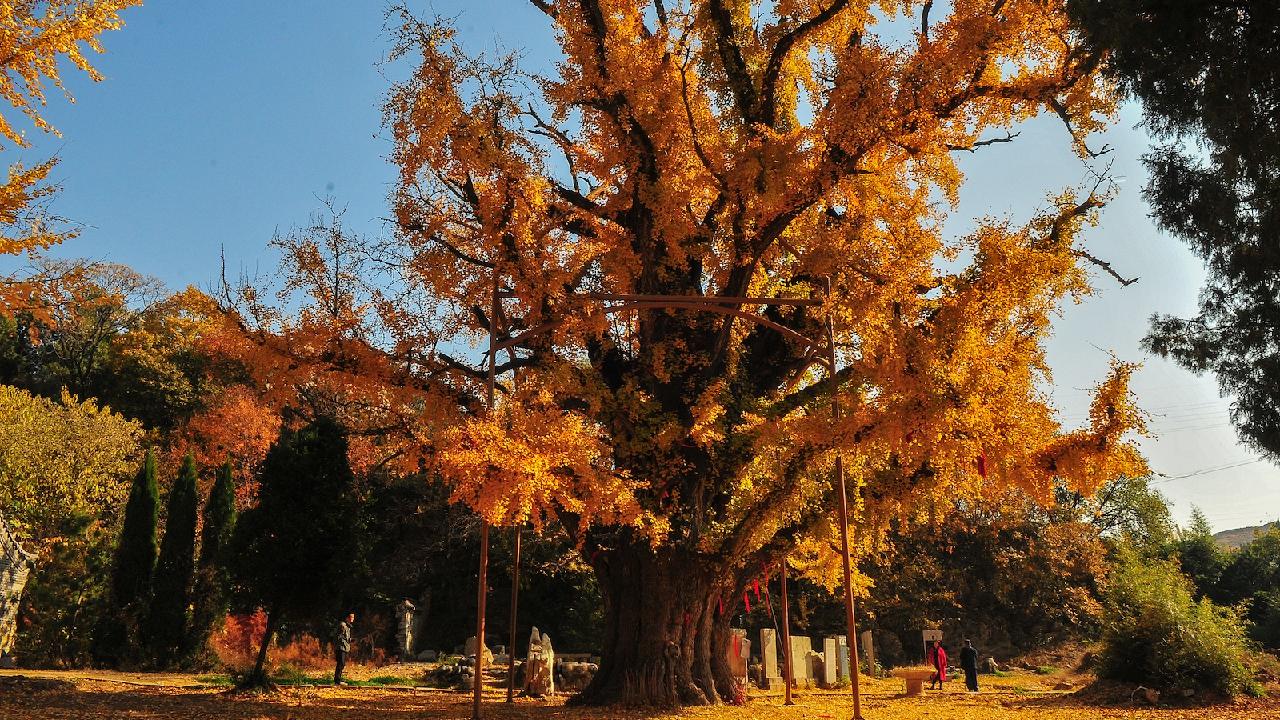China plans to introduce a tagging system for ancient, notable trees
China is set to introduce a tagging system for its ancient and noteworthy trees. This initiative aims to provide greater protection and recognition for these important natural resources. The tagging will help identify and track the condition of these trees, ensuring their preservation for future generations. Through this effort, China underscores its commitment to biodiversity and environmental conservation.

This initiative follows the introduction of China's first national-level regulations focused on the protection of ancient and notable trees, which will take effect on March 15. Zhang Liming, the director of the NFGA's ecological protection and restoration department, discussed the initiative in a report published by the Science and Technology Daily on Monday.
Zhang emphasized that these regulations are consistent with China's larger objectives of fostering an "ecological civilization" and maintaining cultural identity.
The regulations create a legal framework for conducting resource surveys, conservation efforts, and preserving cultural heritage while imposing penalties for any damage inflicted on these natural assets, thereby filling existing legal voids.
As defined by the regulations, ancient trees are those exceeding 100 years of age, while notable trees bear significant historical or cultural weight and contribute meaningfully to biodiversity, cultural heritage, and ecological sustainability.
A national survey carried out between 2015 and 2021 identified 5.08 million ancient and notable trees throughout China, with 246,600 located in urban settings.
The survey results revealed that most of China's solitary ancient trees fall within the 100 to 299-year age range, numbering 987,500. Additionally, there are 160,300 trees aged between 300 and 499 years and 68,200 that exceed 500 years, including 10,745 trees older than 1,000 years and five trees that are over 5,000 years old.
In terms of their health, the survey indicated that just over 1 million trees are deemed normal, while 157,700 are classified as weak, and 26,300 are regarded as endangered.
The newly established regulations allow for limited scientific and cultural use of these trees, such as conducting genetic studies and promoting eco-tourism, as long as the trees' health is not jeopardized.
Despite advancements in the protection of ancient and notable trees over the last decade, challenges like illegal logging, improper enforcement, regional inconsistencies in protection standards, and occasional vandalism highlight the need for stronger safeguards, according to Zhang.
Looking ahead, authorities plan to conduct another national survey to refresh the tree databases, implement a smart management system for "one-tree-one-file" monitoring, and enforce standardized tagging and bespoke protective measures, as stated by Zhang.
Furthermore, efforts will be made to explore funding avenues, including insurance programs and central financial support, while also promoting research into conservation technologies.
Frederick R Cook for TROIB News
Find more stories on the environment and climate change on TROIB/Planet Health












